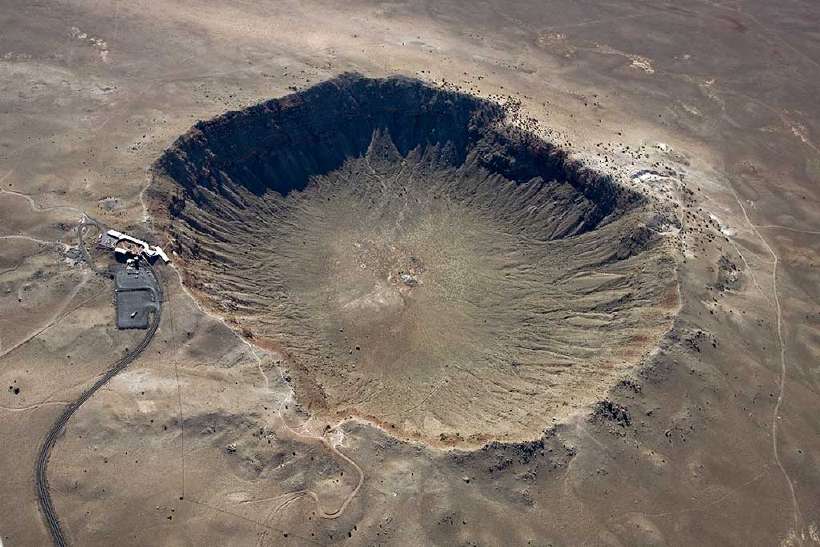Why do Meteorites Strike the Earth?
Home / Science for Kids / 5Ws & H For Kids / Why do Meteorites Strike the Earth?
On a hot summer afternoon, I sat down with my elder brother to play carom. I took the first strike and pocketed two coins. Then I did a little war dance. Wow!
Suddenly dada (Bengali for elder brother) had an idea. “How would it be if a fast-travelling object hit the earth? Quite like the way the striker hit the coins.”
I was amused. “How is it possible? The earth is so huge. Anyway there aren’t any strikers flying around in the solar system?”
First lessons about the solar system
Then dada explained. Apart from the sun and the nine planets in our solar system, there are a huge number of small rocks and smaller heavenly objects, which circle the sun. Sometimes, these rocks leave their paths and head straight for the earth, attracted by the earth’s gravitational pull.
These heavenly bodies that fall to the earth are called meteorites. Usually, the earth is bombarded by several thousand of them each day. And sometimes they can be huge – as huge as a football field.

The meteorite and the dinosaur
Imagine a rock the size of your school hitting the earth. In the 1980s, a crater with a 110-mile diameter was discovered in Mexico’s Yucatan Peninsula. Traced to a huge meteorite hit on the earth, it was dated back to 65 million years ago – roughly around the time the dinosaurs became extinct.
This led to a theory in the scientist community that dinosaurs became extinct because of the large-scale environmental changes brought about by the enormous impact of the meteor hit. A 110-mile meteorite hitting the earth would be greater than exploding a thousand hydrogen bombs together, and would virtually wipe out every living species from earth’s face.
While it is possible to roughly predict the timing of a meteorite hit for scientists who are constantly peering at outer space, they would find it difficult to point at the exact location of the hit. What they can do is to estimate how close they will come to earth.
398 words |
3 minutes
Readability:
Grade 7 (12-13 year old children)
Based on Flesch–Kincaid readability scores
Filed under: 5ws and h
Tags: #scientists, #solar system, #meteorite, #dinosaurs
You may also be interested in these:
Tale of the Woolly Mammoth
Dinosaur eggs Found in Patagonia
What kind of Family Life did the Dinosaurs Have?
Why do we Yawn?
Nikola Tesla – Unsung Prophet of Electrical Age